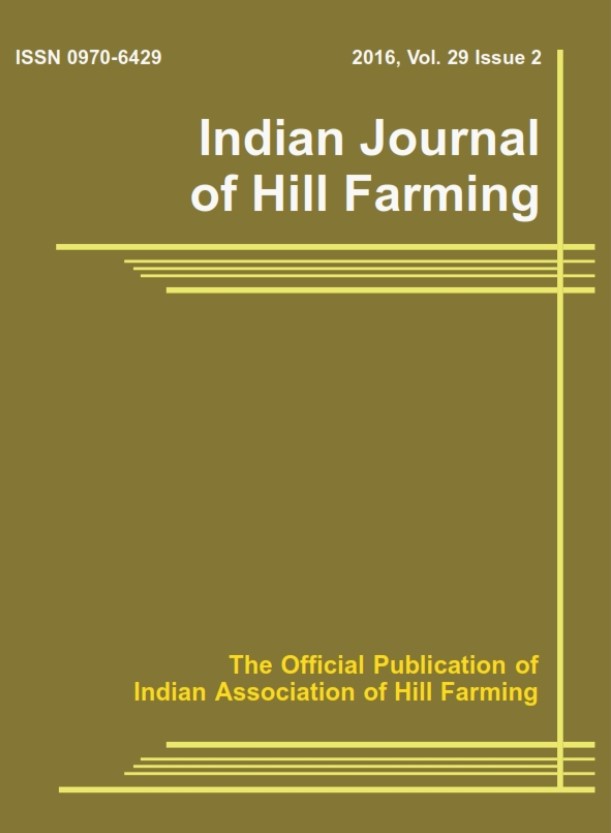Assessment of Nanocellulose Membrane Filters for Improving Water Quality in Silchar City: A Comparative Study with Conventional Methods
DOI:
https://doi.org/10.56678/Keywords:
Nanocellulose, Water quality, Membrane filtration, Contaminant removal, Public healthAbstract
The quality of water is a major concern worldwide, especially in areas where polluted water sources present considerable health hazards to the local population. Nanotechnology has emerged as a possible remedy for enhancing water quality, providing advanced techniques to efficiently address complex contamination concerns. This study aims to assess the effectiveness of nanocellulose membrane filters in enhancing water quality parameters of wastewater and groundwater samples, specifically in Silchar city, Assam, India. This study evaluates the efficacy of nanocellulose filters fabricated from waste paper and wood fibre in comparison to conventional methods in terms of their ability to remove contaminants, cost effectiveness, and filtration efficiency. The experimental findings demonstrate that the utilization of a nanocellulose membrane filter led to a significant decrease in several water contaminants. Specifically, the total dissolved solids were reduced by 73.94%, turbidity by 93.42%, iron by 58.82%, nitrate by 20.57%, chloride by 42.86%, hardness by 44.68%, alkalinity by 20.83%, sulphate by 35.19%, and colour by 85.71%. Conventional filters, on the other hand, obtained reductions of 43.76%, 84.21%, 35.29%, 5.29%, 26.53%, 27.66%, 12.50%, 19.05%, and 71.43% for the identical settings. Moreover, the utilization of nanocellulose filters demonstrates encouraging outcomes in enhancing the overall quality of water and reducing health hazards linked to polluted water sources. The results of this study highlight the potential of using nanocellulose-based filtering technologies as sustainable and efficient solutions for resolving water quality issues in Silchar city and other similar areas.
Published
Issue
Section
License

This work is licensed under a Creative Commons Attribution-NonCommercial-NoDerivatives 4.0 International License.




